How to Prevent Chimney Mold
Call Us at 877-959-3534 for Chimney Service
Among the scariest things, you will know is that you will discover mold growth in your home. People are aware of mold growth inside the walls or under the floor, but are you aware that the chimney is a common spot for mold growth? The summer can bring extra rain and increase chimney humidity, which produces mold. Unless you look inside your chimney, you will have trouble breathing or experience sickness.
Aside from health issues, mold causes structural damage, which can be an expensive repair. Aside from paying for chimney cleaning services, mold can be prevented if you follow the best chimney maintenance practices. You can follow the tips that will be mentioned here to prevent chimney mold.
Call Us at 877-959-3534 for Chimney Service
Always Close the Fireplace Door
If you can see mold in your chimney or fireplace, you need to close the fireplace door tightly in order to prevent the spread of spores in your home. Remember to keep pets, small children, and people with allergies away from your fireplace. You should not touch or breathe in mold. The tiny spores will go into your lungs and can cause respiratory problems.
Check for Holes or Cracks
If there is water or moisture that enters your chimney, it is going to start deteriorating different areas of the structure. This can lead to a cracked structure that causes pieces to fall down in the fireplace and cause fiberglass cracks. Water damage will also increase mold growth risk, which affects the air quality of your home.
For prevention, check your chimney for any holes or cracks before it becomes a serious issue. The best way you can avoid this issue is to regularly check your chimney for holes or cracks that allow moisture inside. It might be best to do a DIY approach.
Prevent Dampness
In order to prevent dampness, you should seal bricks on the exterior of the chimney. Chimneys take on severe weather, and they need to be sealed to prevent water penetration. Before applying water sealant, you need to make the necessary repairs before sealing it. You will not prevent any water penetration if you seal damaged bricks and mortar joints.
Another chimney water source is a damaged or leaking chimney cap. It is recommended that you have a chimney or cap installed and include expansion joints as well. Expansion joints will prevent damage because of constant thawing and freezing. A cement crown’s angle is slightly downwards, hanging over the bricks by about two inches.
Clean the Chimney Regularly
Soot, creosote, and chimney debris could lead to a build-up of moisture and mold growth. Without regular chimney cleaning, you can have a fire hazard and health concerns like asthma, allergens, and other serious issues. The primary way to prevent mold growth is to sweep inside the chimney once yearly. You can use a vacuum brush attachment or chimney cleaning kit. You should make sure to get all the crevices, corners, and inner walls.
Chimney Inspection
You can have your chimney inspected yearly. Chimney sweepers now use cameras that can stream smart devices, while providing clear images of the issues that might be occurring. A way to prevent any reoccurrence is to install a chimney cap. This is going to prevent moisture from going into the chimney and eliminate mold growth. Chimney waterproofing is an effective tool to prevent spores from spreading. You need to schedule yearly chimney cleaning, and stay a step ahead of the mold, while making sure it will not enter your home.
Call Us at 877-959-3534 for Chimney Service
YThis post first appeared on https://www.firstclasschimneyservices.com
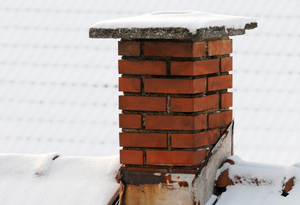
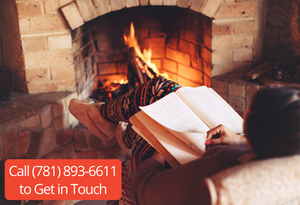

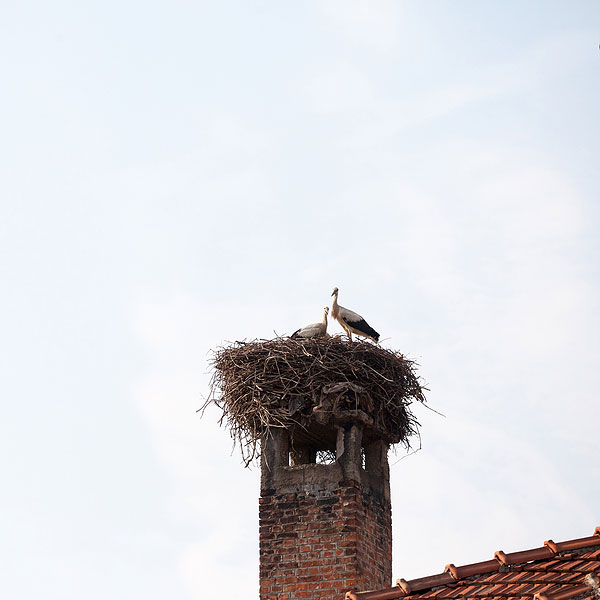 Why do chimneys become blocked and obstructed?
Why do chimneys become blocked and obstructed?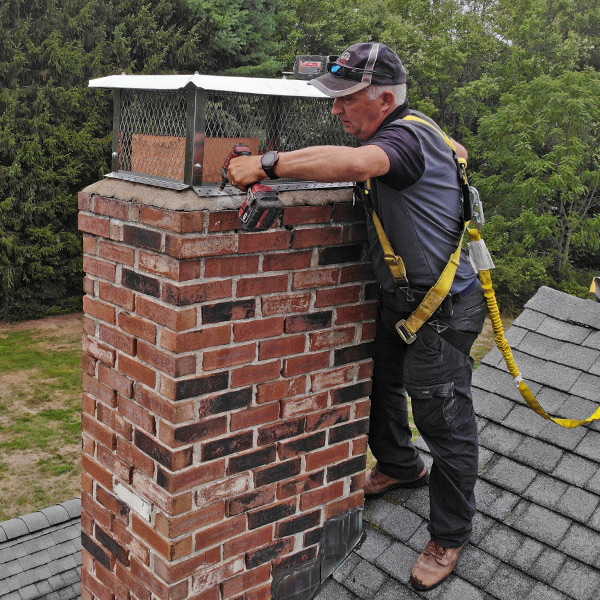 The best way to prevent some obstructions
The best way to prevent some obstructions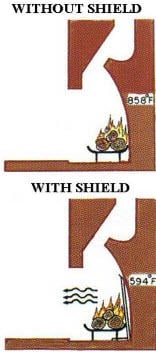
 1. Clean the fireplace.
1. Clean the fireplace.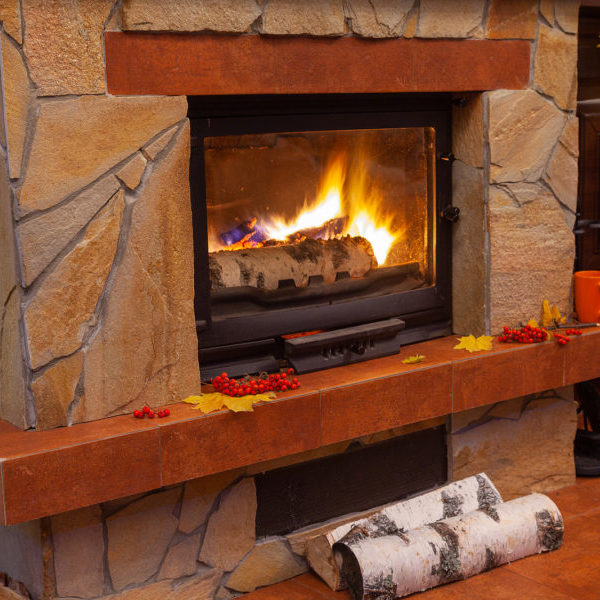 4. Arrange your newspaper, kindling, and logs.
4. Arrange your newspaper, kindling, and logs.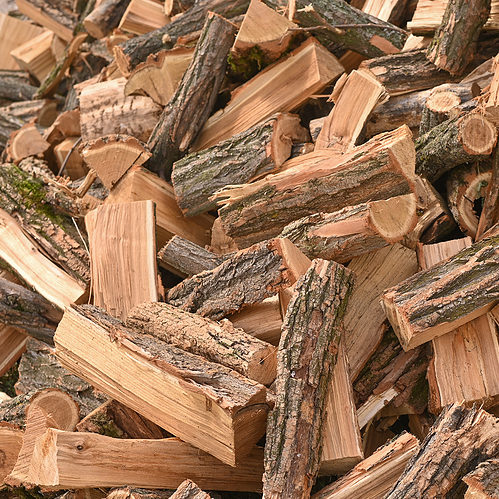 Remove the Ashes
Remove the Ashes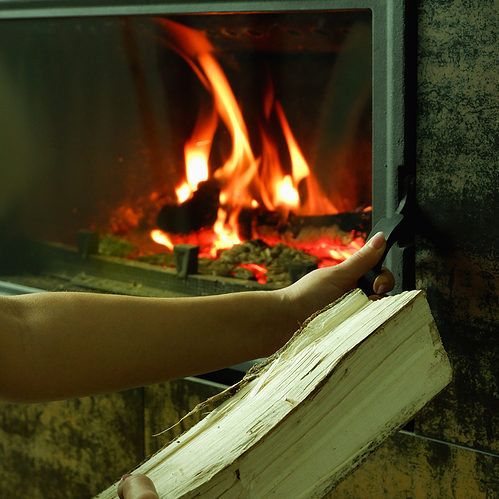
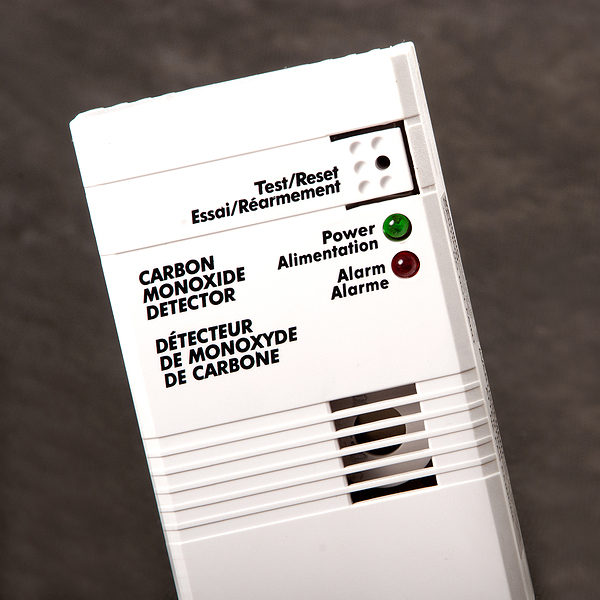 Check the Smoke Alarm & Carbon Monoxide Detector Batteries
Check the Smoke Alarm & Carbon Monoxide Detector Batteries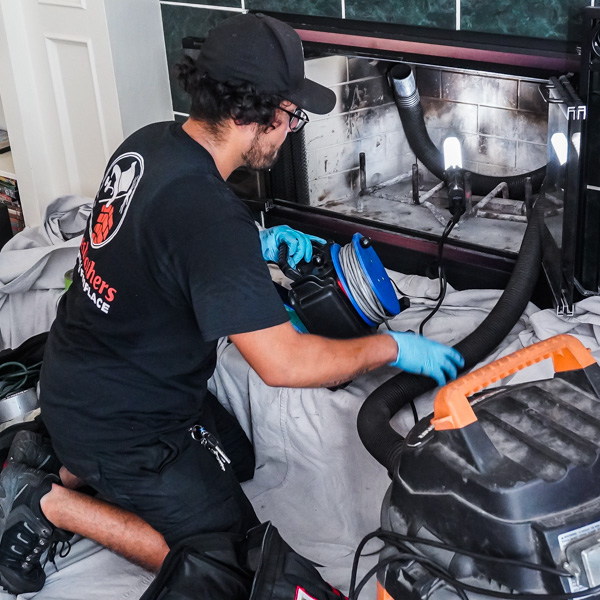 Schedule an Inspection
Schedule an Inspection